The Toxicology of Fishes
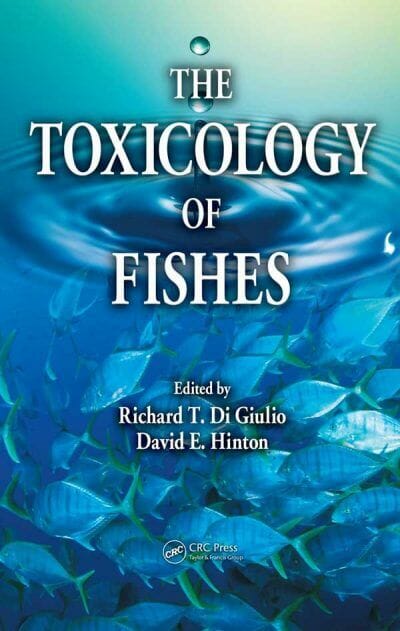
By Richard T. Di Giulio and David E. Hinton
The Toxicology of Fishes PDF. When looking for a book on fish toxicology, you might find one that discusses the biochemical and molecular aspects, or one that focuses aquatic toxicology in general. You can find resources that cover human and animal toxicology or ecotoxicology in general, but no up-to-date, comprehensive monograph devoted to the effects of chemical pollution on these organisms has been widely available, until now. Filling this void, The Toxicology of Fishes, written by recognized experts, covers toxic responses ranging from reduced reproduction and/or abnormal development, growth, and differentiation.
General Principles — Discusses fundamental topics such as the bioavailability of chemicals present in the aquatic environment to fishes, processes governing chemical distribution within these organisms, how fish metabolize organic chemicals, and fundamental mechanisms of chemical toxicity
Key Target Systems and Organismal Effects — Describes key target organ systems for chemical impacts in fish, how chemicals produce cancer in these animals, and how fishes can develop resistance to chemical toxicity
Methodologies and Applications — Dovers methods for the assessment of chemical effects on fish such as toxicity tests, biomarkers, simulated ecosystems, and modeling approaches and the use of data from such studies in ecological risk assessments
Case Studies — Provides examples of how the principles and approaches presented in earlier units are actually deployed in studies
Illustrated by case studies of actual, large-scale field investigations, the book reviews the tools used to assess unwanted effects in laboratory model- and wild fish in detail. With 238 illustrations, 70 tables, and 50 equations, this comprehensive monograph presents detailed information on the boiavailability of chemical pollutants, their distribution, metabolism, and excretion in the host fish and mechanisms and sites of toxic responses.
- Provides in-depth coverage that ranges from the molecular level to the community and population level
- Covers the interaction of chemical contaminants with freshwater and marine fishes
- Presents case studies that give insight into the effects of chemical classes perturbing aquatic systems
- Explores the interplay of feedback between controlled laboratory experiments and field investigations
| File Size | 22 MB |
| File Format | |
| Download link | Free Download | Become a Premium, Lifetime Deal |
| Updates & Support | Join Telegram Channel To Get New Updates | Broken Link |
| Become a Premium |  |
| More Books: | Browse All Categories |

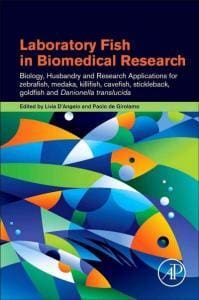


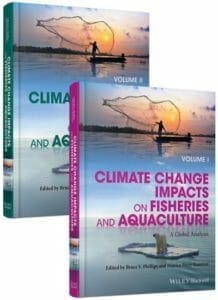
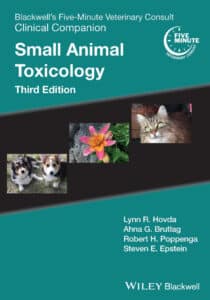
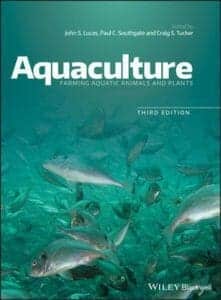
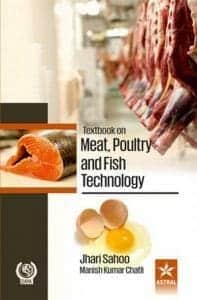





![Ettinger’s Textbook of Veterinary Internal Medicine 9th Edition [PDF+Videos] Ettinger’s Textbook of Veterinary Internal Medicine 9th Edition [True PDF+Videos]](https://www.vet-ebooks.com/wp-content/uploads/2024/10/ettingers-textbook-of-veterinary-internal-medicine-9th-edition-100x70.jpg)

![Textbook of Veterinary Diagnostic Radiology 8th Edition [PDF+Videos+Quizzes] Thrall’s Textbook of Veterinary Diagnostic Radiology, 8th edition PDF](https://www.vet-ebooks.com/wp-content/uploads/2019/09/textbook-of-veterinary-diagnostic-radiology-8th-edition-100x70.jpg)






